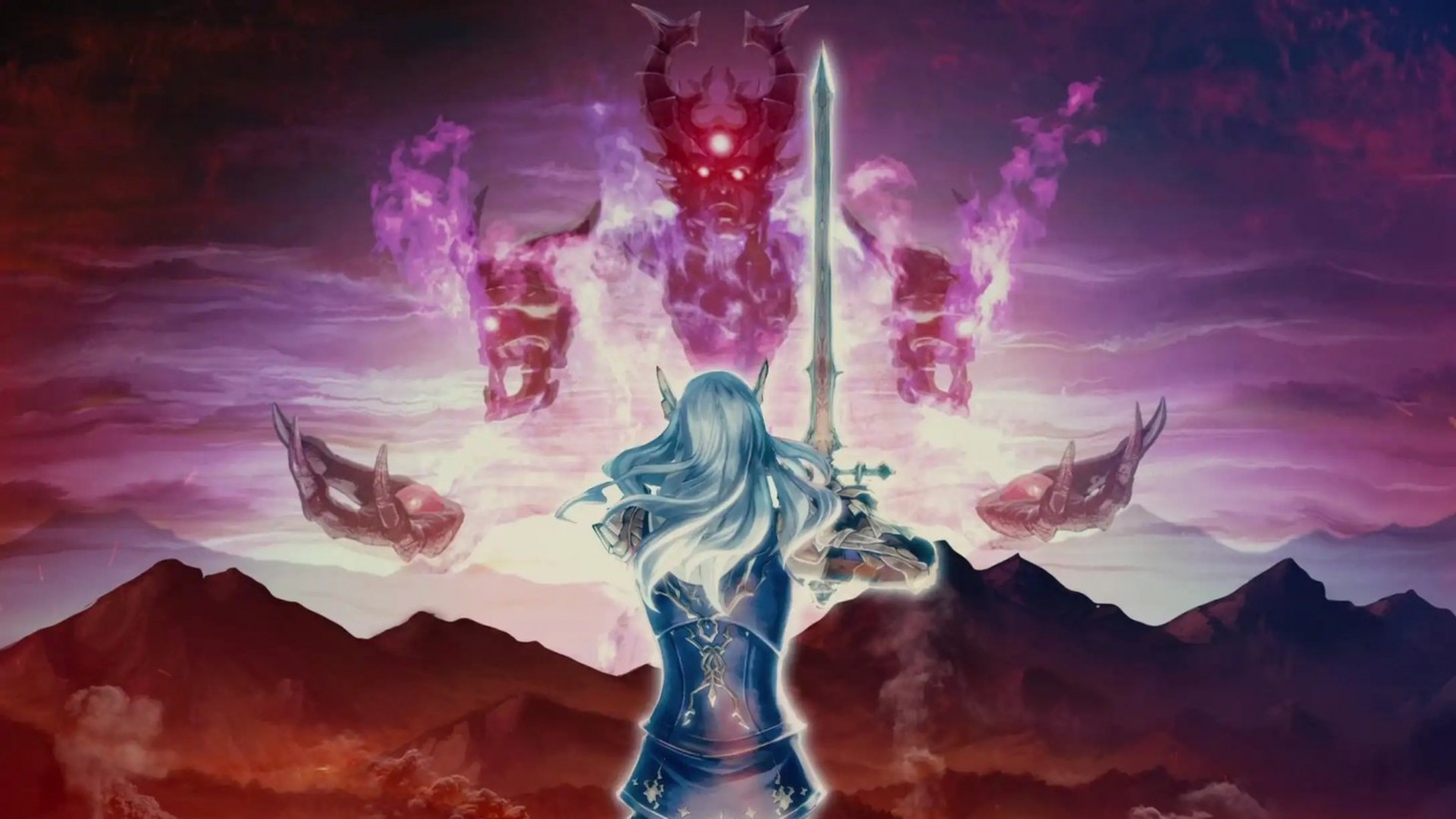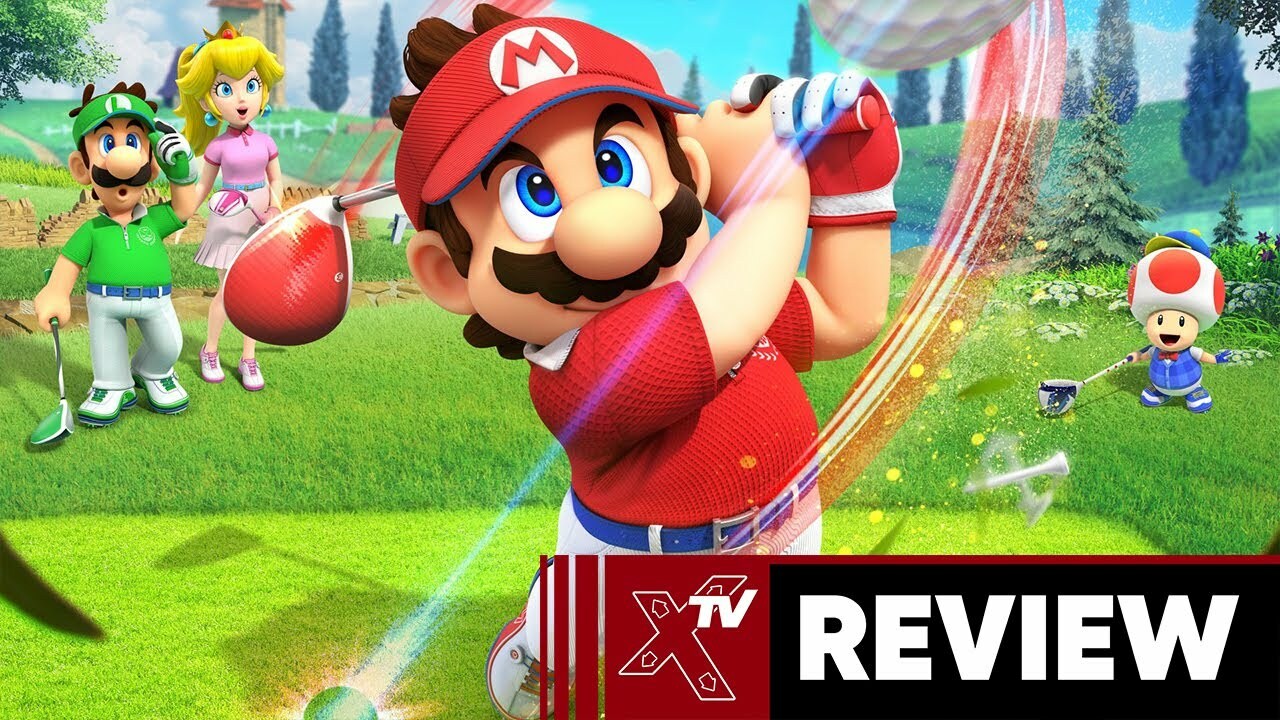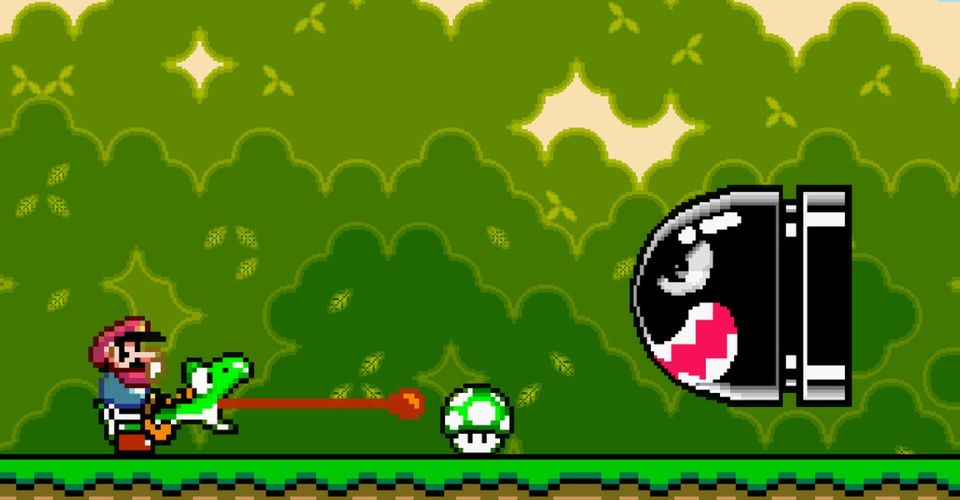Share
Thirty years ago, Capcom released Street Fighter 2 in arcades across the globe, quickly marking it as a phenomenon before the game was eventually ported to home consoles, including the Super Nintendo Entertainment System. Nearly five years later, the series would see new light with Street Fighter Alpha 2, introducing fans to chain combos, counters, and air blocking besides more characters, stages, secrets, and impressive music that came with an updated title. When it came time to produce a home console port of the game, it understandably received a PSX, an IBM-PC, and Sega Saturn release, all machines that could easily meet the games’ graphical and sound demands. However, it is the 1996 SNES port—also released in Japan on the Super Famicom as Street Fighter Zero 2 the same year—which ended up defying the odds and pushing the “obsolete” hardware now in its twilight beyond imagination.
Youtuber Modern Vintage Gamer recently delved into this Capcom marvel, explaining how the SNES port wasn’t so impossible after all.
First, it is important to note why Capcom would ever consider porting such a complex game to an inferior system. Regarding Street Fighter Alpha 2, lead producer, Noritaka Funamizu wanted to make the title even more accessible to the casual gamer. “… [T]here are still many people who can’t afford [32-bit] systems…,” Funamizu explained. “I want many people as possible to enjoy this game… even if the quality would be lower.” However, the challenge came for Funamizu and his team to fit a 224mb arcade game into a 32mb cartridge. Funamizu began redrawing sprites to fit into the limitations, as Capcom originally planned to release a totally cut-down version of the game.
During production, characters such as Gen and Zangief experienced poor performance issues as these two characters required a lot of data. Developers soon turned to the S-DD1 chip, first introduced in Enix’s equally console-defying Star Ocean. The chip was not only an early copy protection measure but also allowed Capcom to implement decompression of sprite data by fifty percent, ultimately allowing the developer to parse the original game into the necessary size. The S-DD1 was just one of the many customizable enhancement chips used in the SNES to expand the lifespan of the machine.
However, the game still has its fair share of issues, in particular large pauses between matches. This is unusual for a cartridge-based game, where data should be fast. Modern Vintage Gamer makes the absolute claim that the three second pause at the beginning of each fight in SFA2, as previously thought a result of the S-DD1 chip, is actually a result of the SPC700 8 bit-sound co-processor. He states that the pauses in the game could not be loading points, as the game boots the data on screen before the most notable pause. Also, the prototype version of SFA2 does not use the chip enhancement, but still experiences the weird freezes before each round. Essentially, the sound samples are much larger than they should be, causing the delay experienced as the game audio lags when transferring over the bus into the SPC700 memory space.
Modern Vintage Gamer speculates Capcom was most likely under a time crunch, and why the fixable issues still appear in the game’s release. Gizaha, a talented reverse engineer of ROMs, has since patched the game to ease the awkward pauses and a myriad of other fixes, with additional inclusion of the arcade version of SFA2’s audio. In January 2021, Gizaha additionally uncovered a twenty-five-year-old secret embedded in the game’s code—a playable Shin Akuma unlockable through some Konami-like manipulation equal parts button sequencing and timing.
Perhaps the most interesting to expand on is that early during the development of the SNES/Super Famicom, Nintendo saw both great promise and greater console life with the system’s ability to use enhancement chips, making it easier for the hardware to use coprocessing and thus operate impressively past its maturation. Many titles, including Street Fighter Alpha 2, especially towards the end of the console’s life cycle, would use these chips to push the hardware to its extreme. Capcom was no stranger to using such enhancements, as the earliest entries in the Megaman X series relied on the CX4 chip. Other popular console-defying titles which relied on this technology include Star Fox 2 (Super FX GSU-2), Super Mario World 2: Yoshi’s Island (Super FX GSU-1, 1995), and Super Mario RPG: Legend of the Seven Stars (SA1, 1995).
Ultimately, what a player may feel is impossible to achieve is actually a welcoming challenge and worth the fight for the most talented of developers. Capcom put a lot of hard work into bringing Street Fighter Alpha 2 to the SNES, and proved that just because a console is starting towards the end of its support cycle, doesn’t mean that great things can’t be released for it still.




